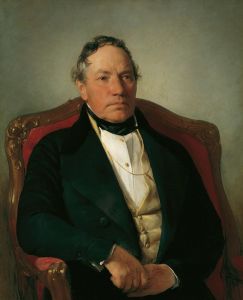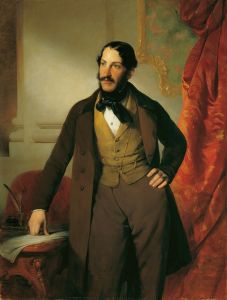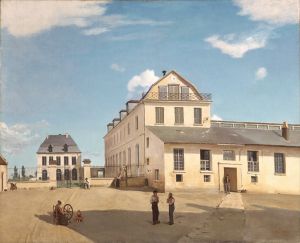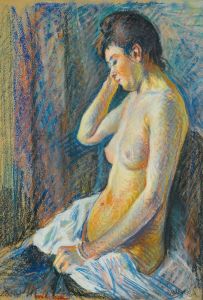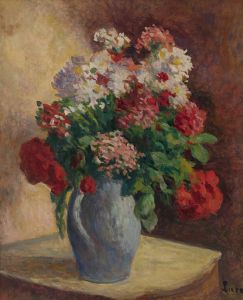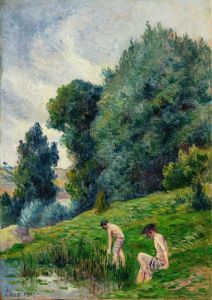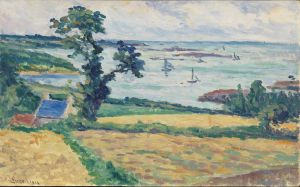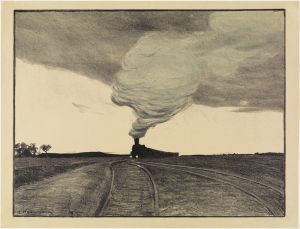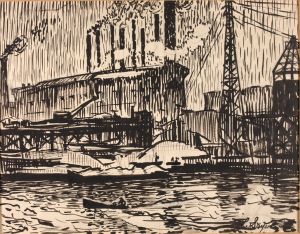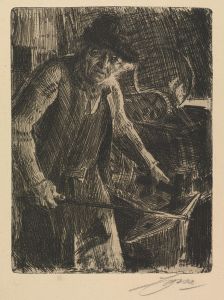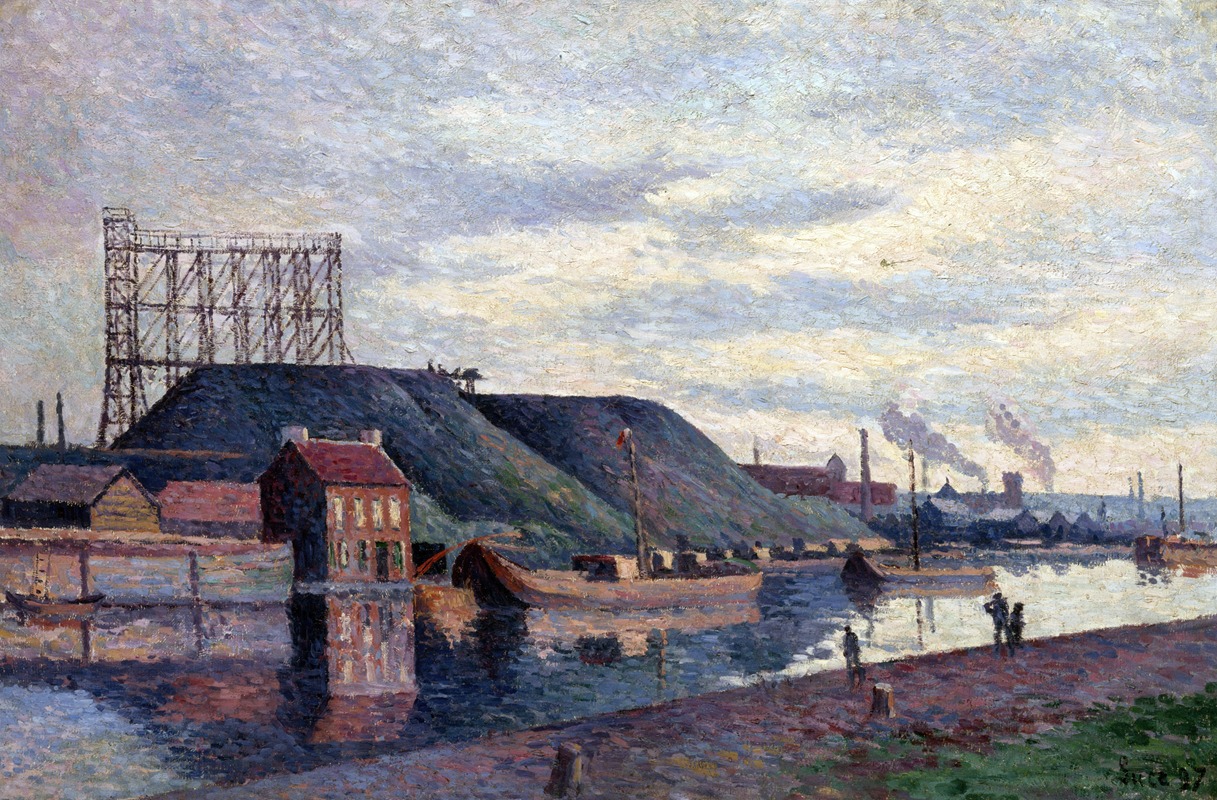
Les terrils de Sacré Madame
A hand-painted replica of Maximilien Luce’s masterpiece Les terrils de Sacré Madame, meticulously crafted by professional artists to capture the true essence of the original. Each piece is created with museum-quality canvas and rare mineral pigments, carefully painted by experienced artists with delicate brushstrokes and rich, layered colors to perfectly recreate the texture of the original artwork. Unlike machine-printed reproductions, this hand-painted version brings the painting to life, infused with the artist’s emotions and skill in every stroke. Whether for personal collection or home decoration, it instantly elevates the artistic atmosphere of any space.
Maximilien Luce was a prominent French Neo-Impressionist painter known for his contributions to the Pointillist movement, which was characterized by the use of small, distinct dots of color applied in patterns to form an image. Born on March 13, 1858, in Paris, Luce initially trained as an engraver before turning to painting. He became associated with the Neo-Impressionists, a group that included artists such as Georges Seurat and Paul Signac, who were interested in the scientific study of color and light.
"Les terrils de Sacré Madame" is one of Luce's notable works, though specific details about this painting are relatively scarce in the public domain. The title translates to "The Heaps of Sacré Madame," suggesting a depiction of industrial or mining landscapes, which were common subjects in Luce's oeuvre. Luce had a keen interest in capturing the effects of industrialization and the working class, often portraying factories, railways, and urban scenes with a focus on the interplay of light and shadow.
The painting likely reflects Luce's fascination with the industrial environment, a theme he explored extensively throughout his career. His works often depicted the transformation of the landscape due to industrial activities, highlighting both the beauty and the harsh realities of modern life. Luce's technique involved the use of Pointillism, where he applied small dots of pure color to the canvas, allowing the viewer's eye to blend them at a distance. This method was intended to create a luminous effect and capture the vibrancy of light.
Luce was deeply influenced by the socio-political climate of his time. He was an anarchist and his political beliefs often informed his artistic choices. His paintings frequently conveyed a sense of social commentary, reflecting his concern for the plight of the working class and the impact of industrialization on society. This context is essential to understanding the thematic elements present in "Les terrils de Sacré Madame."
Throughout his career, Luce exhibited his works in various salons and galleries, gaining recognition for his unique style and thematic focus. He was a member of the Société des Artistes Indépendants, an organization that promoted avant-garde art and provided a platform for artists who were not accepted by the traditional art establishments.
While specific details about "Les terrils de Sacré Madame" are limited, it can be appreciated within the broader context of Luce's body of work. His paintings are characterized by their vibrant color palette, meticulous technique, and the ability to convey the dynamic interplay between light and industrial landscapes. Luce's contribution to the Neo-Impressionist movement and his commitment to depicting contemporary life make his works significant in the history of modern art.
Maximilien Luce continued to paint and exhibit his works until his death on February 6, 1941. His legacy endures through his paintings, which remain celebrated for their technical innovation and social relevance. "Les terrils de Sacré Madame," like many of his works, offers insight into the artist's vision and the world he sought to portray.





